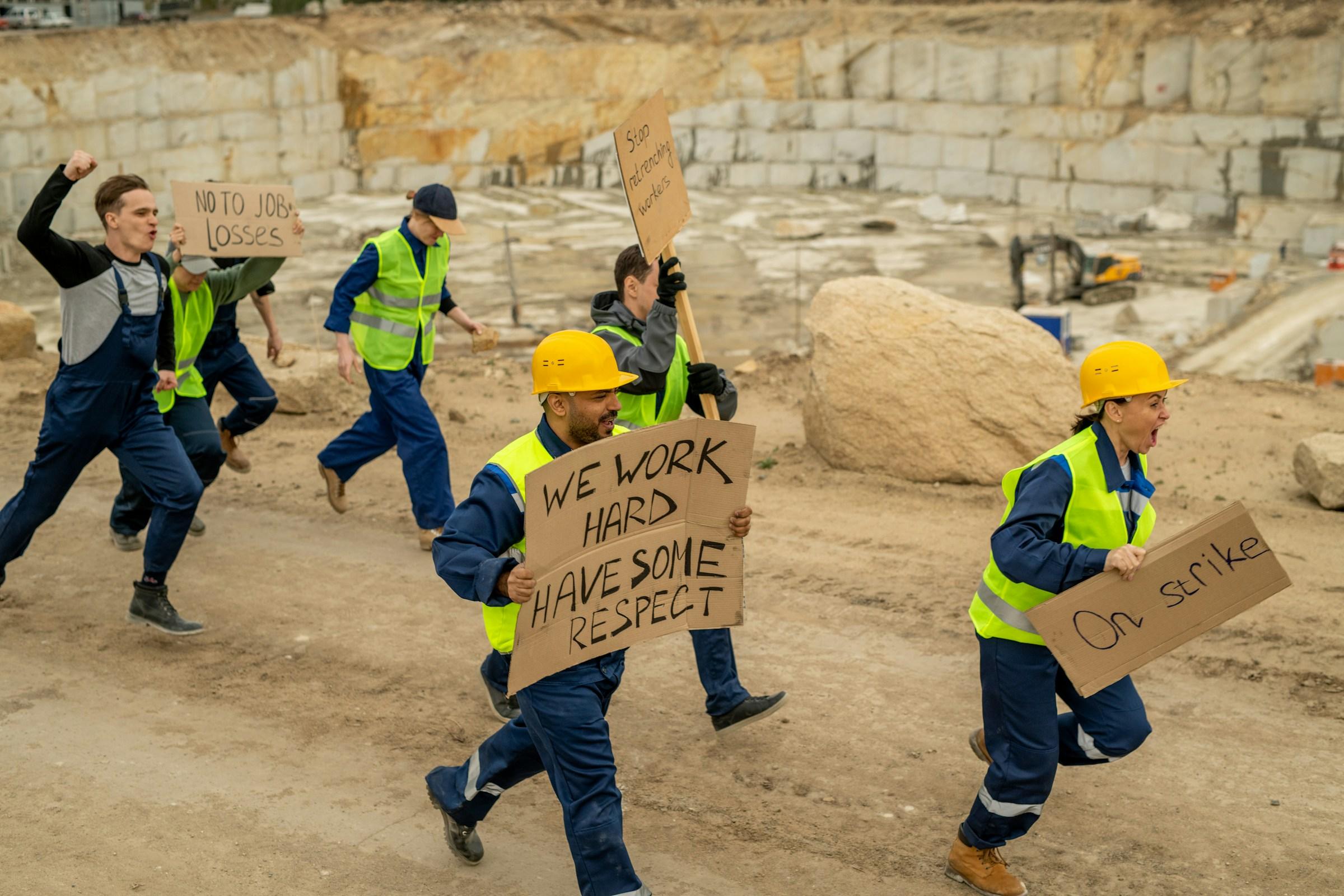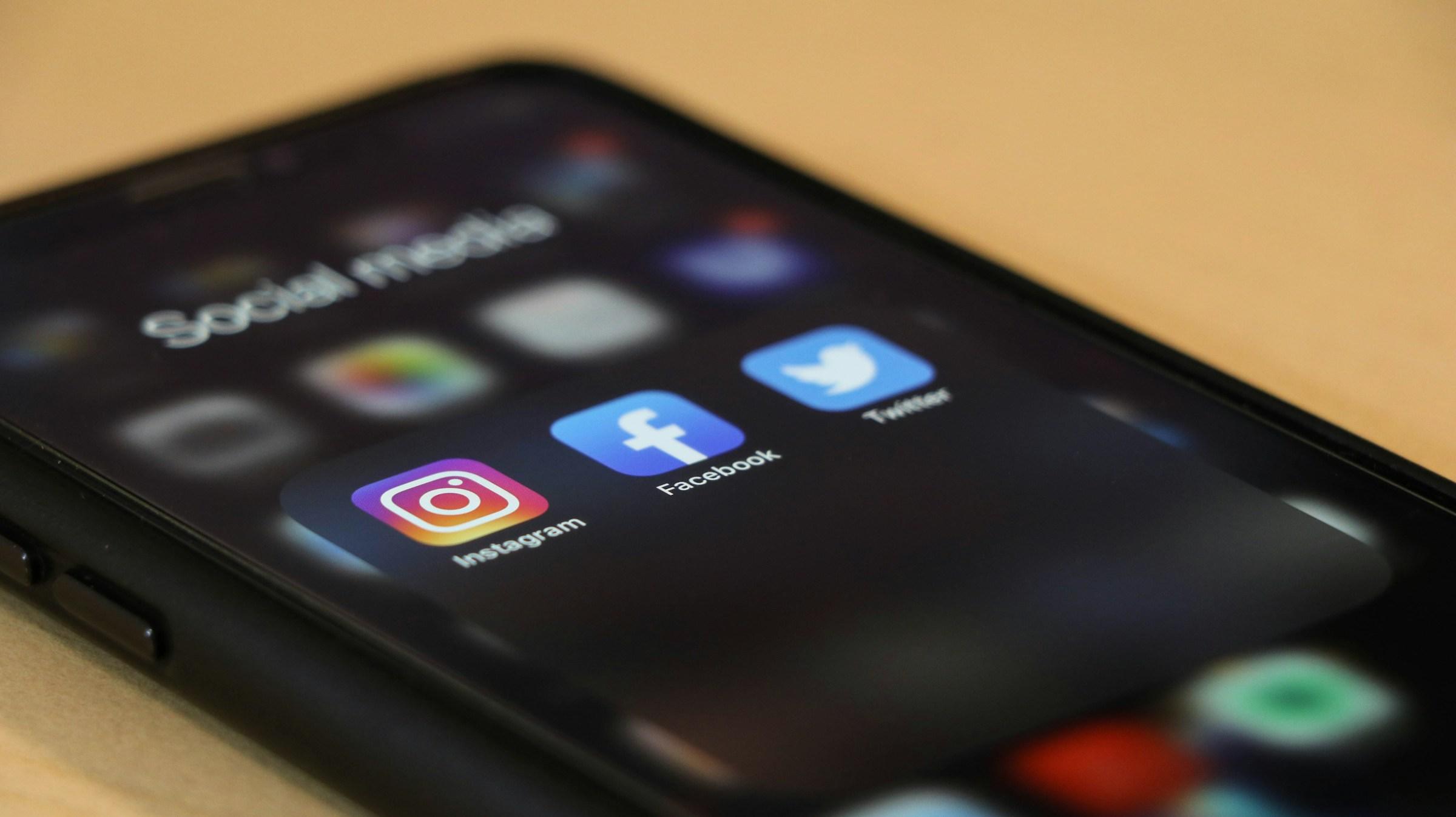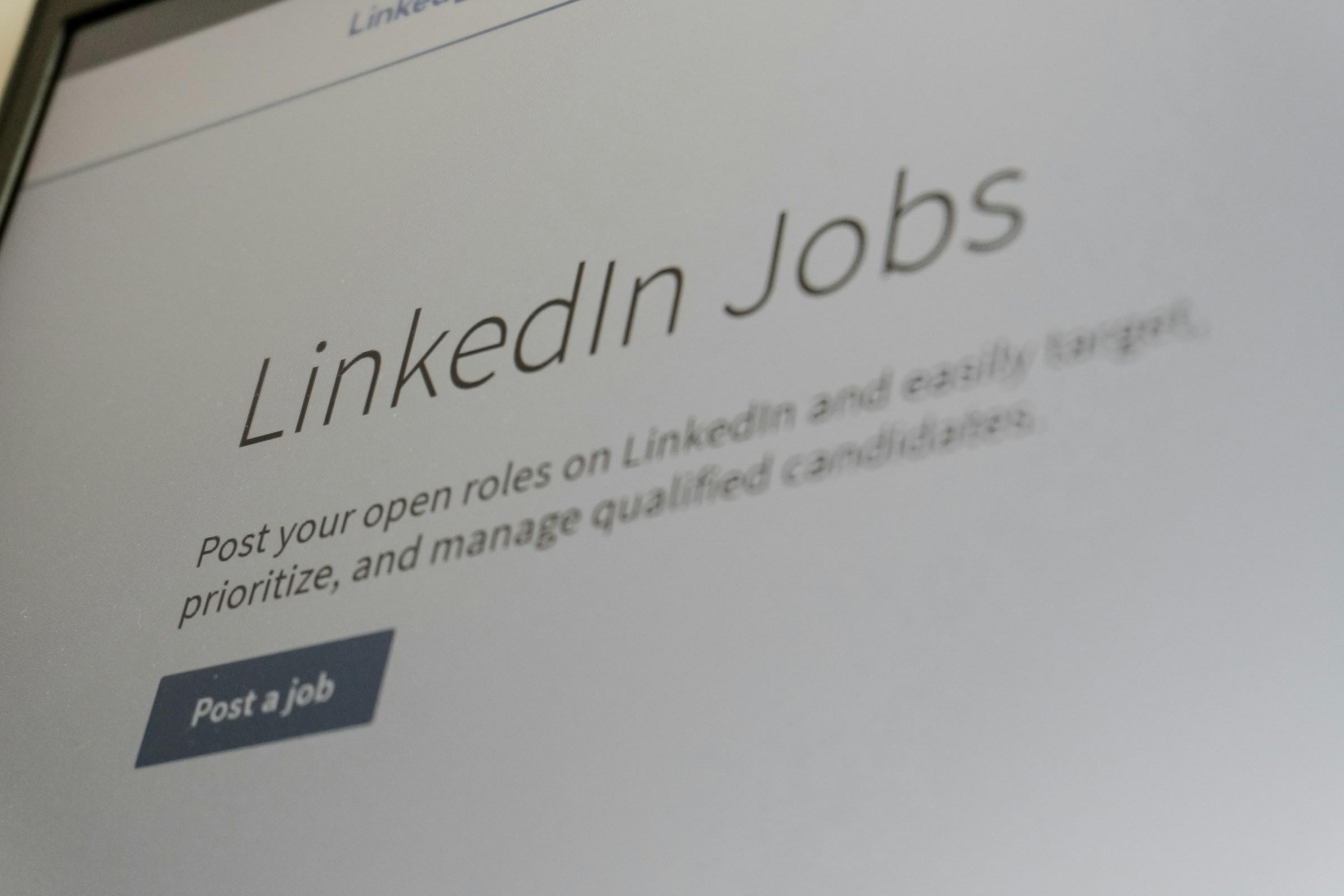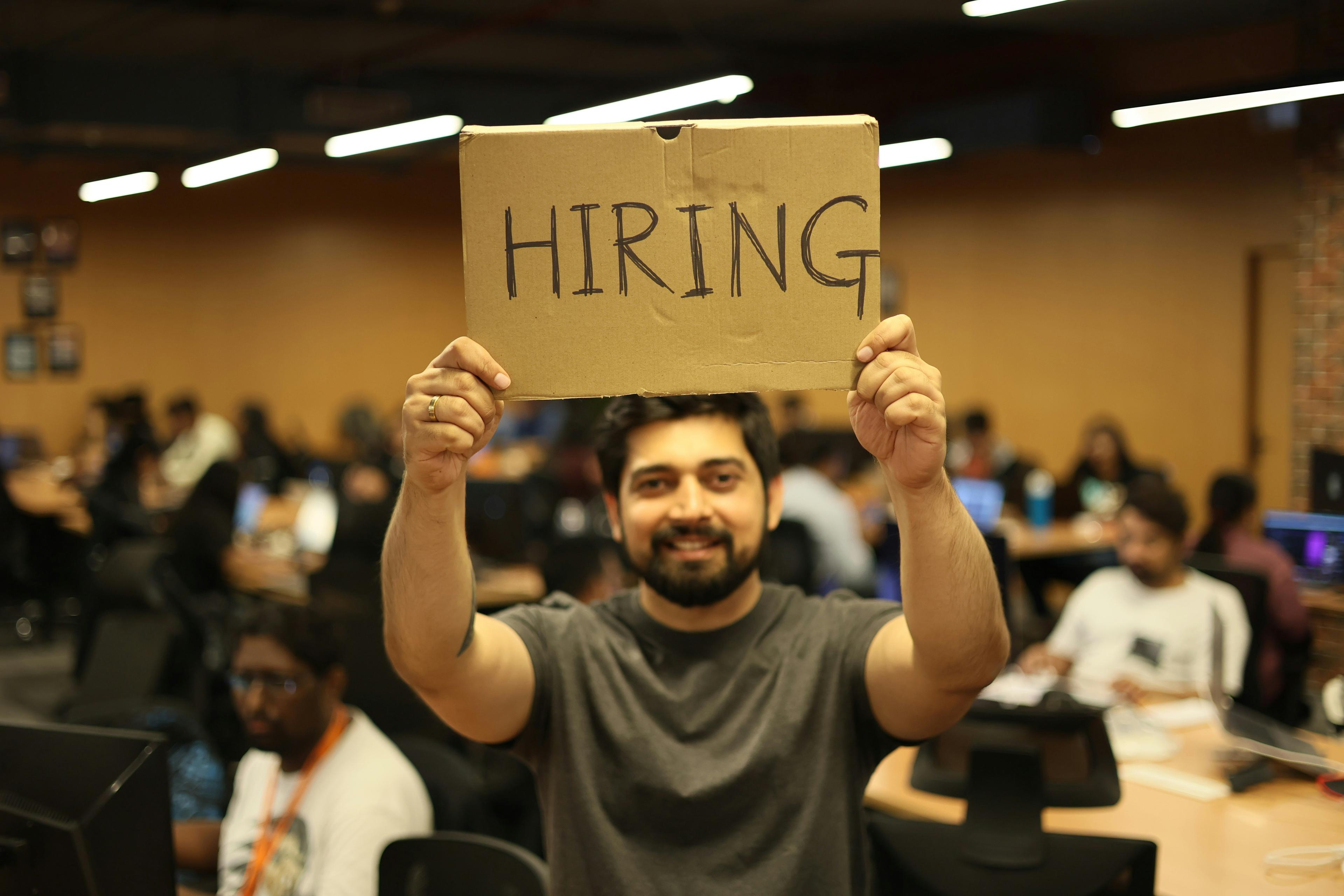AI in recruitment is often described as a way to move faster, but speed is only the first layer of value. The deeper shift is that hiring turns from a manual relay of tasks into a disciplined exercise in signal. When teams treat talent acquisition as a problem of finding and interpreting the right indicators, they stop paying for rework and guesswork. The process becomes more deliberate, more teachable, and more resilient. Recruiters gain back time for judgment. Candidates feel guided rather than sorted. Finance sees cycle times and costs trend in the right direction. Leaders gain a level of visibility that inbox driven workflows could never provide.
Most companies begin with basic automation. They use tools to post jobs, parse resumes, and book interviews. The companies that see outsized results push beyond automation into orchestration. This is where the stack combines data from public profiles, internal databases, and past applicant flows to show where the right people are likely to be found. Instead of running endless Boolean strings and manual lookups, recruiters work from a dynamic map that clusters by skills rather than job titles. The map can infer adjacency in a way that title based searches miss. An engineer who built low latency video may be a strong fit for a gaming infrastructure role because the underlying constraints rhyme. The model can surface that link, and a human can test it with a conversation. Hiring gains leverage when the system proposes credible options that a person can evaluate quickly.
Screening improves for the same reason. A resume may list frameworks, but code samples and portfolios reveal patterns under load, and interview transcripts capture how a candidate explains tradeoffs. AI can join these threads into a single skills profile that travels with the candidate across each stage. The goal is not to replace human judgment. The goal is to lower the cost of applying judgment by presenting structured comparisons in minutes rather than hours. Two finalists can be weighed with consistent criteria, and the evidence behind the comparison remains visible to anyone who needs to audit the decision later.
Calendar coordination looks mundane until one counts the hours lost to it. Every open role draws in multiple interviewers, shifting schedules, and time zones. AI can read calendars, collect preferences, propose options, and handle reschedules with the persistence that a person cannot sustain while juggling a full slate of roles. The result is a material reduction in time to first interview and a smoother path to an offer. When candidates spend less time waiting, they carry more goodwill into each conversation. That goodwill matters when the market is competitive and strong candidates are entertaining several opportunities at once.
Quality of hire improves when models link early signals to post hire outcomes. Every company has high performers who share subtle traits. Perhaps they spent time in small teams that shipped every week. Perhaps they owned a critical migration or a messy integration that required calm under pressure. Perhaps their written updates reveal crisp thinking. When those correlations are captured and checked, the funnel can surface similar candidates earlier. This does not make references, work samples, or manager judgment obsolete. It simply allows the team to concentrate scarce attention on people who match the patterns that have proven to work in the real context of the business.
Interview intelligence provides another compounding effect. In many companies, interviews disappear into short notes that say too little. AI can turn recordings and notes into structured data. It can tag competencies that were covered, identify overlap across interviewers, and point out gaps that a final loop should close. Managers can scan a coverage map rather than piece together scattered impressions. Panels become smaller and more focused. Candidates get a sense that the company is prepared and respectful of their time. Signal per minute rises, which is the core currency of any evaluation.
Concerns about bias are valid and should not be brushed aside with claims that an algorithm is neutral. The benefit of AI in this area appears when the process itself becomes more consistent and more observable. Redacted screening, standardized rubrics, controlled prompts, and regular audits across demographic groups form a system that can be evaluated rather than a set of ad hoc judgments that cannot be reconstructed. HR teams can watch for variance and drift with dashboards that highlight patterns too subtle for manual review. The gain is not only about compliance. It is about opening the top of the funnel to people who may have been missed by old heuristics while still holding the line on quality.
Employer brand is shaped by how candidates experience the process. People judge a company by throughput, clarity, and feedback. AI helps by ensuring status updates go out without delay, by summarizing feedback in a constructive way even when the decision is a rejection, and by offering simple preparation guides that explain what to expect. None of this is flashy, yet together these details convey operational maturity. Good companies ship products on time. Good companies also run fair and clear hiring processes. The latter supports the former.
Internal mobility is a frequently overlooked source of leverage. Every firm collects performance reviews, project histories, and training records, but very few use that information to match people to opportunities inside the walls. A model can map skill adjacency across this internal data and surface employees who are one project away from readiness. Filling a role from within is often cheaper and faster, and it signals that growth paths are real. Retention improves when people can see how to move forward without leaving.
Workforce planning grows sharper once talent data stops living in silos. Finance wants forecasts that can be trusted. Hiring managers want credible lead times. Operations wants to avoid last minute scrambles that burn people out. AI can turn historical cycle times and stage conversion rates into ranges that support planning. It can flag roles that will bottleneck because supply is scarce and can suggest where a title based requirement should be reframed as a skills based search. Leaders spend less time debating feelings and more time comparing scenarios with numbers behind them.
The unit economics of hiring bend in a favorable direction as these pieces come together. Recruiters spend fewer hours on low leverage tasks. Agencies are used with precision rather than as a default. Content for outreach, job pages, and role briefs is drafted in minutes and refined with human edits. Interview panels shrink because coverage becomes deliberate. Offers move faster and acceptance rates climb because timing aligns with candidate expectations. Each improvement is modest on its own. Together they change the cost curve.
There is also a quiet network effect inside the company. Every requisition becomes training data for the next requisition. Benchmarks for conversion by role improve. Question banks evolve. Calibration between teams tightens. This is why early adopters tend to pull away. The advantage is not a single feature. It is a compounding dataset that encodes how your company hires when it performs at its best. That dataset becomes an internal asset because it reduces variance and speeds up learning for new managers.
Candidate experience benefits from guidance that feels personal rather than opaque. AI can answer common questions in context, set expectations for timelines, and suggest preparation resources that match the role. It can deliver realistic previews by generating scenarios or work samples that show what the work actually feels like. Candidates apply with clearer eyes and opt out earlier if the fit is not right. That saves time for both sides without creating a cold or transactional tone.
Legal and compliance teams appreciate the audit trails that standardized systems create. Decisions come with reasons. Data retention is enforced. Jurisdictional rules can be applied based on the location of the candidate and the team. When a complaint arises, it is no longer necessary to reconstruct the process from email threads and memory. The record exists. Risk falls because the organization can show how choices were made.
Global teams benefit from translation and localization that keep roles consistent across markets. A candidate in Jakarta can read the same brief as a candidate in Austin, with examples and salary ranges aligned to local policy. Interviews held in one language can be summarized for a manager who works in another. This reduces friction in markets that older processes underserve. The talent pool expands because barriers fall.
Small and mid sized companies may think this level of sophistication is out of reach, but the opposite is often true. The right approach is not a monolith that promises to do everything. The right approach is a focused recruiter cockpit that brings sourcing, screening, and scheduling together and writes back to the system of record. Structured interviews feed a skills graph. Permissions are clean. Prompts are simple and auditable. Most of the value arrives when the manual glue is removed and the handoffs become reliable.
Change management decides whether the benefits remain theoretical or show up in the metrics. Fortunately, the technology helps itself here. Usage analytics reveal which teams follow the process and where momentum stalls. Content suggestions remind interviewers to cover the right ground. Nudges help recruiters keep priority roles moving. Leaders can see adoption and outcomes by department on a single page and can address real bottlenecks rather than perceived ones.
Vendor strategy deserves attention because the value of the stack flows through your data. Choose systems that allow you to export, control prompts, and tune models to your patterns without surrendering proprietary insights. The win is not an off the shelf brain. The win is an engine that learns your definitions of quality and culture. Question banks, rubrics, and links to post hire performance create the moat. Guard that work.
A common worry is that these tools will replace recruiters. They will not. They will replace manual steps that no recruiter enjoys. Strong recruiters will carry a larger portfolio of roles without burning out because the system handles the grind. They will focus on narrative, closing, and trust. Those are the human edges that technology cannot replicate. AI gets the right person into the right conversation at the right moment. People still make the final decision and build the relationship that supports it.
There is a final benefit that is easy to miss. AI makes hiring teachable. When a system captures the way your company defines success and shows how candidates were evaluated, new managers learn faster. They inherit examples, coverage maps, and documented decisions. A team that can teach hiring can scale hiring without losing quality. That, more than any single feature, is the mark of a healthy engine.
Treat the transformation as a product effort rather than a purchase. Define quality in your context and capture it in rubrics and examples. Close the loop so post hire outcomes inform the top of the funnel. Train teams on the reasons behind the process rather than only the clicks. Keep prompts clear and measurable. Watch time to first interview, candidate satisfaction, offer acceptance, and productivity at day ninety for each cohort. If those trend in the right direction, the rest will follow.
None of this is magic. It is applied math, careful data hygiene, and steady operations. Do those well and the hiring engine becomes faster, the signal gets cleaner, and the organization learns to scale without guessing. That is the real benefit of using AI in recruitment.















